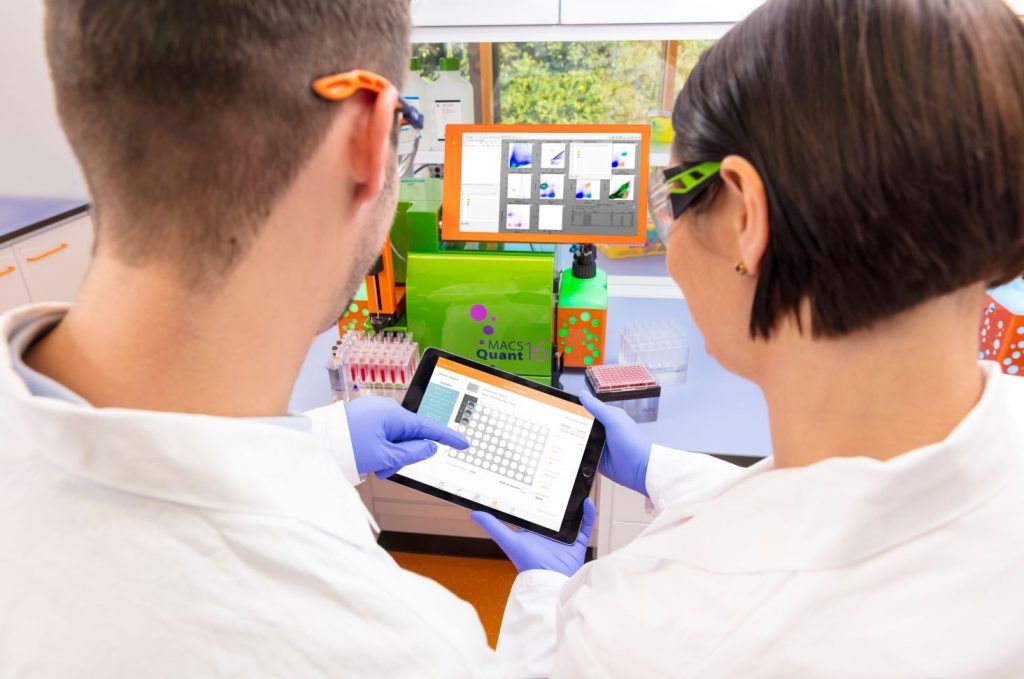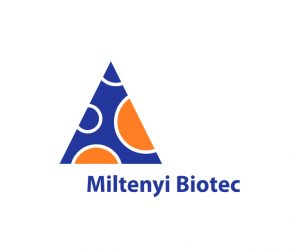A blueprint for flow-cytometry panel design: plotting the path to a successful study

Continued improvements in flow cytometry have unlocked high-parameter immunophenotyping at the single-cell level, enabling understanding of complex cellular patterns and functionalities in a variety of applications. Increasing the complexity and number of markers analyzed in these multicolor antibody panels also heightens the difficulty of ensuring a high-quality measurement. Critical care needs to be taken to maximize the resolution of key cell populations and antigens of interest. This webinar will detail a “blueprint” for panel design, one that includes key aspects of the experimental question, instrument, protocol and reagents.
What will you learn?
- A structured approach to building a multicolor antibody panel for flow cytometry
- The influence biology, instrument, reagents and more have on signal resolution
- Alternative ways to design antibody panels to address the same experimental question
- The role sample preparation can play in assay success
Who may this interest?
- Graduate students
- Postdoctoral researchers
- Scientists
- Physicians
- Core facilities managers
Speaker
 Rebecca McHugh
Rebecca McHugh
Customer Training Manager
Miltenyi Biotec (CA, USA)
Rebecca received her PhD in Immunology from Emory University, studying the improvement of tumor cell immunogenicity by “painting” the tumor surface with T cell co-stimulatory molecules engineered with a GPI lipid anchor. After graduation, she took a postdoctoral position with Ethan Shevach at the NIAID concentrating on characterizing the phenotype and suppressive function of murine regulatory T cells. After briefly working at the Malaghan Institute of Medical Research in New Zealand, she became part of the technical support team at Miltenyi Biotec. She currently manages the customer training program of the MACS Academy Training centers in the US.
This webinar was recorded on 29th June 2020
In association with
